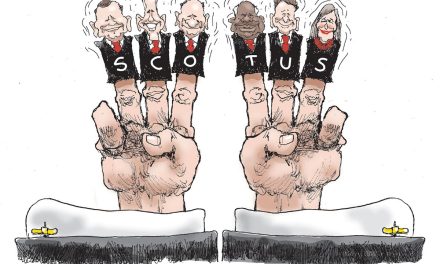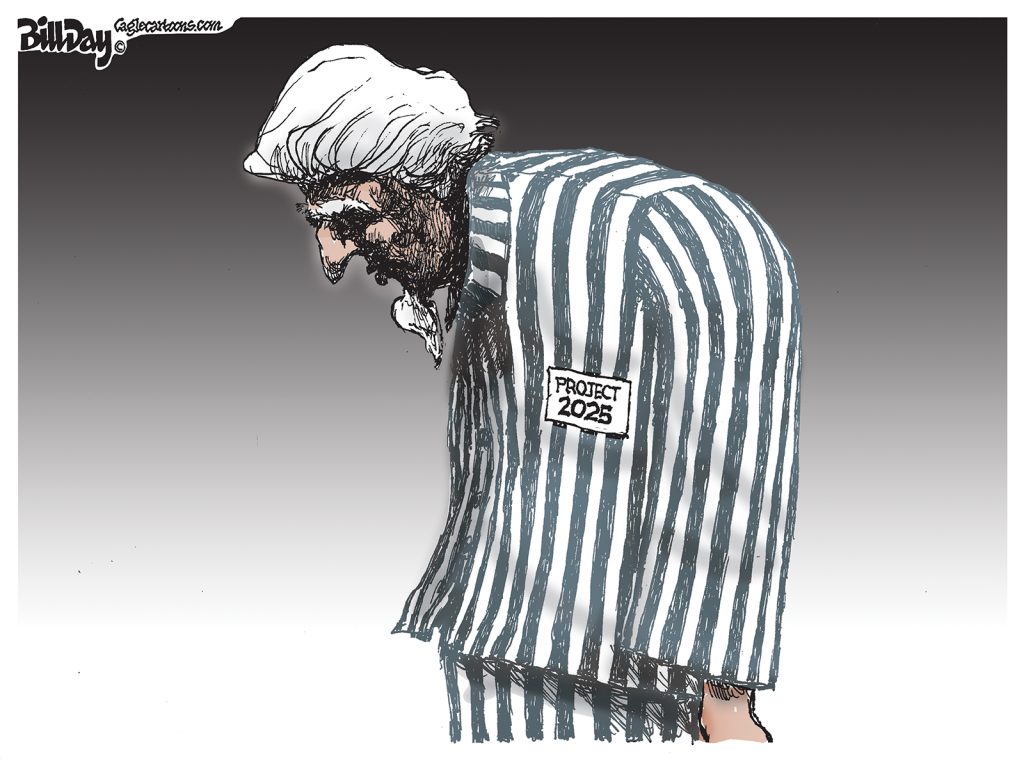It was two years ago when we helped bring to Memphis Jeff Speck, former director of design for the National Endowment for the Arts. His seminal book, Suburban Nation: The Rise of Sprawl and the Decline of the American Dream, is being reissued for its 10th anniversary. When he was in Memphis, he issued his 10 modest suggestions for improving Memphis. Recently, he provided his list of 10 things he hates about suburban sprawl. Unfortunately, these apply to our community, too
He said:
“Over a decade ago, when we started writing our book, “Suburban Nation,” we had no idea how quickly the conversation was about to change. The New Urban critique of sprawl, initiated by my co-authors in the late seventies, was at first an aesthetic discussion — by God, this stuff is ugly. But then, when they discovered that it was possible to build real towns again, it became a social discussion — we shouldn’t have to live our lives stuck in traffic between the soulless subdivision and the plastic shopping mall.
“But now, a preference has become a mandate, as sprawl has quietly been identified as a central cause behind a growing list of mounting national crises including foreign oil dependency, climate change, and the obesity epidemic. With economists, environmentalists, and epidemiologists all bemoaning suburbia, it is a good time to step back and remind ourselves what we’re still up against.”




Do you have a way to post his modest suggestions for Memphis? I remember a handful and think you may have already posted them before… return cars to the street, create an appropriate monument.
Also, I remember some of his commentary on creating walkable pedestrian freindly places in Memphis. Not sure if you have that in a postable form.
The simple Top-10 List alone might be interesting enough.
I tried to find one point I agreed with more than others, but they are all equally revolting. In at least Germantown’s case I would like to add giant mail boxes occupying space in the sidewalk as well. In a meeting with Mayor Goldsworthy many years ago, the issue of infrastructure occupying pedestrian space (power poles in sidewalks) I was offered the lame excuse concerning R.O.W. and MLGW access- as if the poles needed to be in the street in order for MLGW to have proper access. Never mind a child’s stroller cannot wedge through the space provided and thus must enter the roadway to continue. I would have preferred an honest answer- it is cheap and does not require public input or critique. Heaven forbid we should purchase the extra 2′ of R.O.W and relocate the sidewalk to the other side of the pole/ mail box area. That would- gasp- cost money. It may also make citizens realize the cost of widening existing roads in order to sustain continued development. We can’t have people thinking about that!
Now the interesting part of the conversation was when I asked about a very particular stretch of Dogwood that I learned had served as the setting for the deaths of several teenagers numerous years ago. This stretch of Dogwood was (and still is to my knowledge) characterized by a narrow sidewalk, interrupted by utility poles and mailboxes and hemmed in by a retaining wall. Of course the deaths were easily attributed to an unavoidable junction of 4 boys riding in a bike lane and the actions of a drunk driver which is the obvious and logical observation. The question was evaded- did these individuals have any other option? They could not walk their bikes on the sidewalk because the space between the utility poles and the retaining wall would not allow for a bike to pass. The narrow width of the sidewalk, its interruption by the utility poles and the retaining wall flush with the edge of the sidewalk offered these individuals no escape route. The costs associated with building a proper pedestrian path in this area was judged as being too great.
Had it been in built correctly, would the tragedy still have taken place? Perhaps- maybe even likely. But at least the city and its citizenry would have done everything to prevent the tragedy. Instead they built a space that offered little in the way of an alternate outcome. What I, and apparently Mr. Speck, hate about sprawl is not merely an aesthetic but the fact that we are building spaces that can be outright deadly.